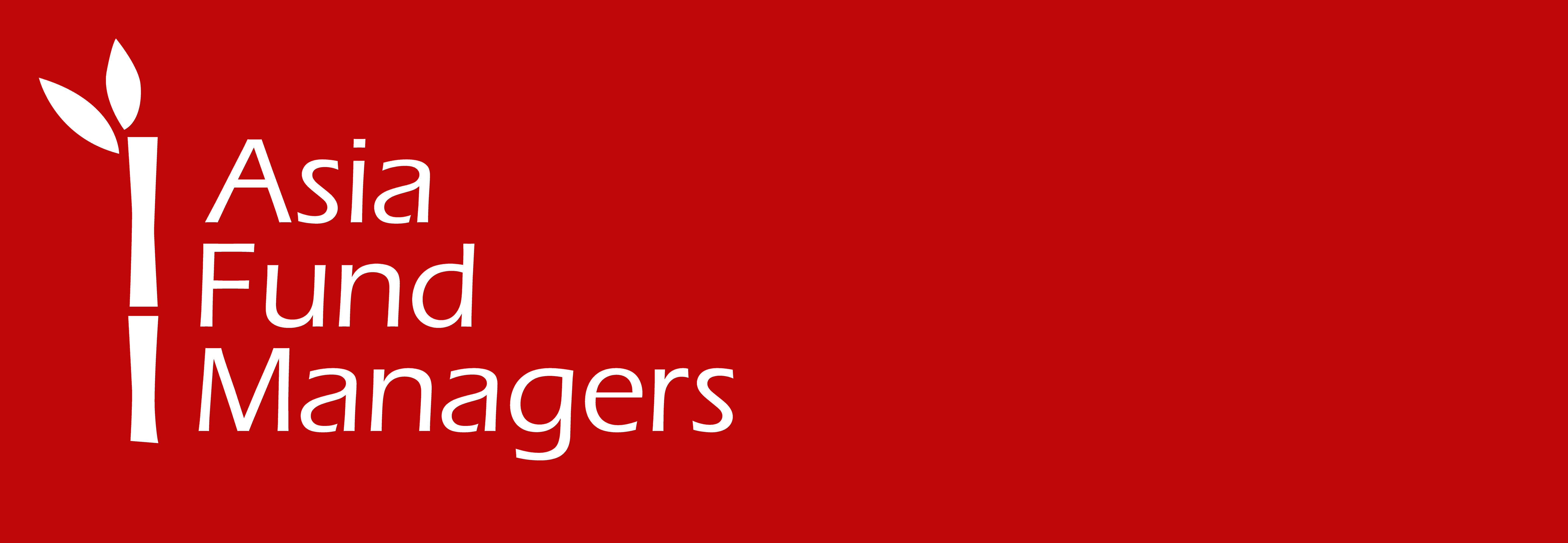Inflation and high interest rates took a bite out of Australia’s gross domestic product (GDP), which grew at the slowest pace in one and a half years during the first quarter of 2023. The Australian Bureau of Statistics said annual GDP growth in Q1 stood at 2.3% y-o-y.
Although the economy expanded for the sixth consecutive quarter, the slow growth comes from lower consumer spending amid high prices whereas higher borrowing costs and a slowdown in global growth are likely to impact further.
On a quarter-on-quarter basis, the Australian GDP grew 0.2%, missing a Reuters forecast of 0.3% growth.
What impacted Australia GDP growth?
The statistics bureau said domestic price growth slowed to 1.1%, down from the 1.4% rise seen in the previous quarter. Whereas household savings as a share of income fell to 3.7%, the lowest level since 2008, as Australian consumers try to meet the high costs of living and rising mortgage rates.
“The household saving ratio fell to its lowest level in nearly 15 years,” Katherine Keenan, ABS head of National Accounts, said. “This was driven by higher income tax payable and interest payable on dwellings, and increased spending due to the rising cost of living pressures.”
The Reserve Bank of Australia has raised its cash rate to an 11-year high of 4.1%, with no easing in sight. Market participants are expecting another rate hike in July.
Additionally, the ABS said that household consumption grew by a meagre 0.2%, contributing 0.1 percentage points to the Australia GDP growth.
“While no one wants to see the economy drifting into recession, the slowdown we are seeing is evidence that the RBA’s tightening (which they added to earlier this week taking the cash rate target to 4.1%), is working,” said ING in a note. “Admittedly, the labour market has yet to show much evidence that it is also cooling sufficiently to help bring wage growth and hence service sector inflation back to a more manageable growth rate.”
The compensation of employees (COE), which represents labour costs in Australia, was up 2.4% in Q1 compared to the 2% growth seen during the December quarter.


 Australia
Australia China
China India
India Indonesia
Indonesia Japan
Japan Malaysia
Malaysia Philippines
Philippines Singapore
Singapore South Korea
South Korea Taiwan
Taiwan Thailand
Thailand Vietnam
Vietnam






